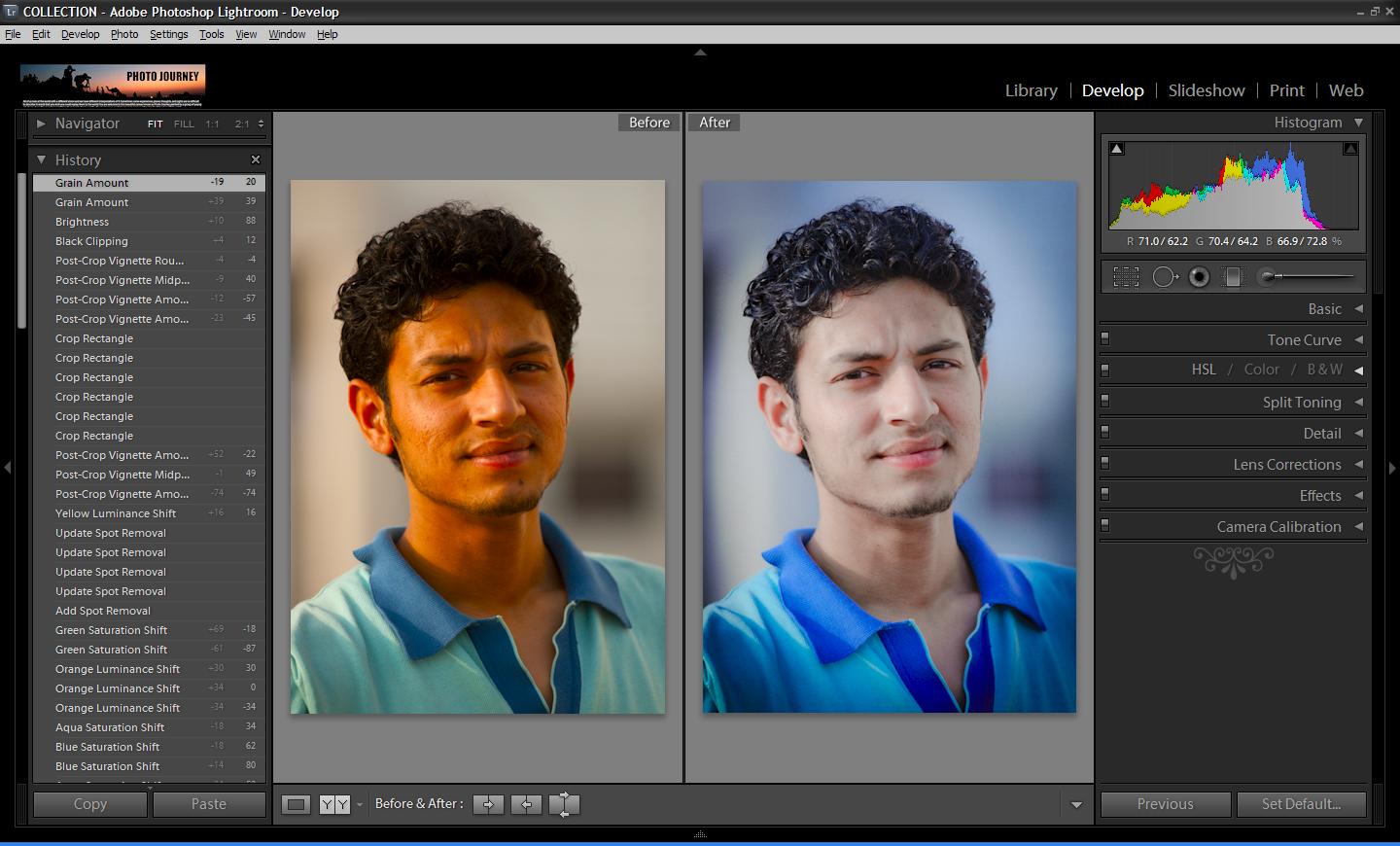

- #ADOBE LIGHTROOM EDITING DRIVER#
- #ADOBE LIGHTROOM EDITING SOFTWARE#
- #ADOBE LIGHTROOM EDITING PROFESSIONAL#
They have different purposes and for many photographers and editors it's not a question fo either or – they use both but at different stages of their editing process. Lightroom always embeds the profile, but Photoshop offers a checkbox in the Save As dialog, which you need to leave checked.As you'll see below, Lightroom vs Photoshop is less a question of which is best but more a question of what you want to do. If there’s no profile, the program has to guess-and often guesses incorrectly.

A digital photo is just a collection of numbers, and the profile defines how these numbers should be displayed. Whichever color space you choose to use, always embed the profile. Your custom profile is automatically selected in the pop-up.

To do so, select Other from the Color Space pop-up, add a checkmark next to your custom profile and then press OK.
#ADOBE LIGHTROOM EDITING PROFESSIONAL#
For example, some professional labs may request that you convert the photos to their own custom ICC profile. Other (Lightroom Classic Export/Print only) allows you to select other RGB ICC profiles installed on your system. ProPhoto RGB photos look dull and flat in programs that aren’t color managed, such as web browsers. So stick with 16-bit while using ProPhoto RGB. ProPhoto RGB doesn’t play well with 8-bit though, because you’d be trying to jam a large gamut into a small bit depth.
#ADOBE LIGHTROOM EDITING SOFTWARE#
ProPhoto RGB is the largest color space available in Lightroom, so it’s the best choice when transferring photos to Photoshop or other photo editing software (as long as they’re color managed). It’s primarily useful when exporting photos for display on the latest Apple devices. It’s a similar size to Adobe RGB, but it’s shifted slightly towards reds/oranges and loses some of the greens/blues. It’s also the safest choice if you don’t know where the photos will end up.Īdobe RGB is a slightly larger color space, but it’s a good choice if you’re sending photos for printing at a color managed lab, if your editing software can only handle 8-bit files, or if you’re saving as JPEG.ĭisplay P3 is a wide gamut color space used on the latest Apple devices. It’s a great choice for screen output, emailing or uploading to the web. SRGB is a small color space, but it’s the most widely used. Is it for further editing in other software, or as a finished image? Your chosen color space will depend on why the photo is leaving Lightroom. In the External Editing Preferences, to determine which color space is used when passing the photo to other software (Lightroom Classic only):įinally in the Print module (Lightroom Classic only): There’s a few places you might need to choose a color space for your photo…
#ADOBE LIGHTROOM EDITING DRIVER#
This may be passing the data to Photoshop for further editing, passing the data to a printer driver for printing, or exporting the photos for other purposes, such as email or web. Lightroom is internally color-managed, so as long as your monitor is properly calibrated, the only times you need to worry about color spaces are when you’re outputting the photos to other programs. If a color in your photo falls outside of the gamut (area) of your chosen color space, it’s automatically remapped to fit into the smaller gamut. Some color spaces contain a larger number of colors than others, so we refer to the ‘size’ of the color space. Who decides exactly which shade of green 10-190-10 equates to? That’s where color profiles come into play: they define how these numbers should translate to colors. The numbers in between are open to interpretation. For example, 0-0-0 on an 8-bit scale is pure black and 255-255-255 is pure white. If you’d like to learn more, Jeffrey Friedl wrote an excellent article on color spaces, which you will find at: Īll photos are made up of pixels, and each pixel has a number value for each of the color channels (red, green and blue). So, here’s a quick introduction to the subject. It’s only when you come to export photos that you need to pick the right color space for your purpose. Color management is a huge topic in its own right, but Lightroom handles most of it for you.


 0 kommentar(er)
0 kommentar(er)
